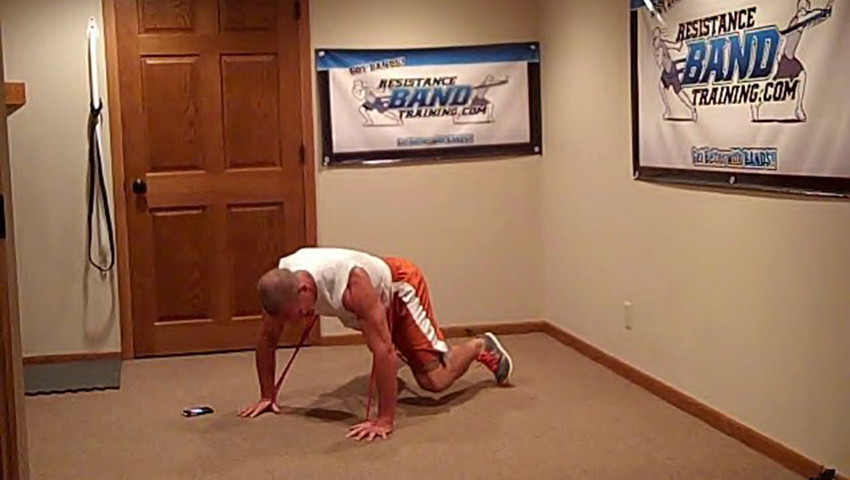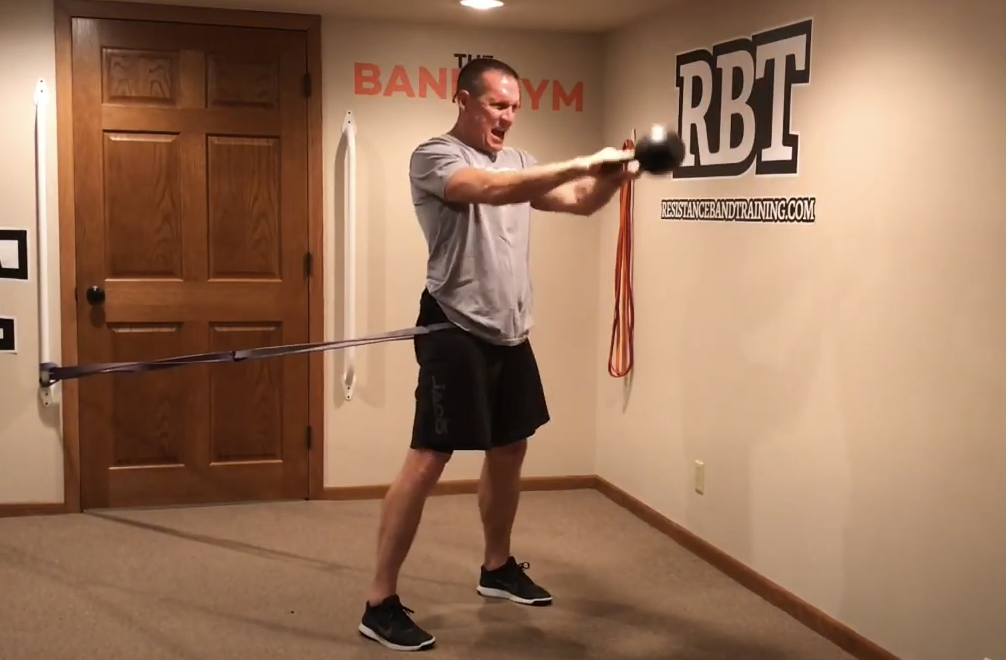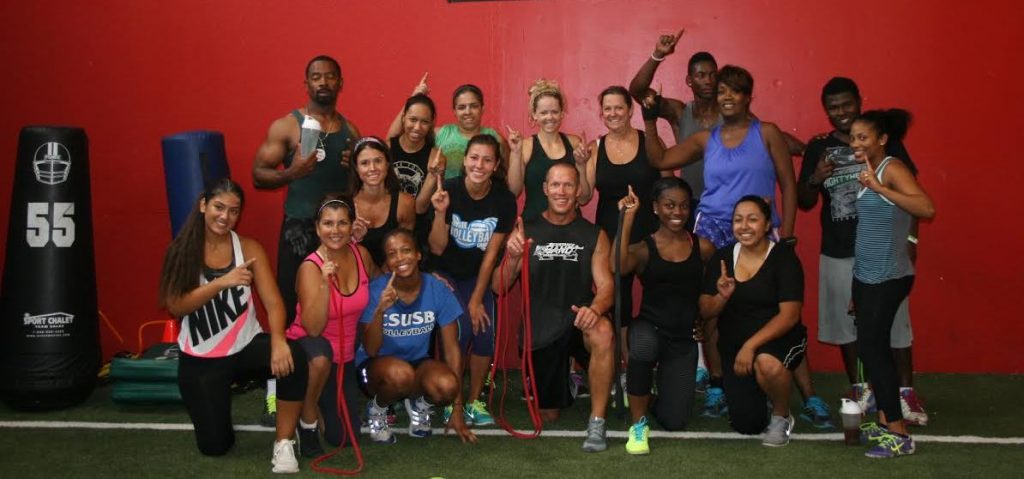The abdominal muscles are designed to be stabilizers and controllers (a.k.a. decelerators) of movement
Specifically, abdominal muscles are designed to be controllers of movement through the low back region. This is where every movement we make transfers through. The abs are not movers of the spine like most individuals train them to be by doing sit-ups and crunches.
Instead, movement of the spine is driven by actions of the arms and legs. It is the role of the abdominal muscles to make sure the spine does not move too much. This can lead to excessive wear and tear on the joint and disk structures of the spine. Knowing this, to develop “Real World” Abs you need to train them to be stabilizers first.
To safely develop “Real World” Abs you will need to go through a 3-step progression that allows the abs to easily learn how to be controllers of movement, specifically of the low back. Over the years I have used this 3-step band training progression to successfully teach physical therapy patients, fitness clients and athletes how to develop abs that work for them.
3-Step Band Training Progression
1. Developing isometric stability strength
The first step in developing better control of spinal movement is developing isometric (no movement) control. This “no movement” progression allows you to learn how to turn on your abs by feeling where the low back region is postural positioned relative to the pelvis and shoulders. The goal is to increase stabilization strength endurance by gradually increasing abdominal muscle time under tension.
Best band exercises to develop isometric stability strength
- Resisted Planks
- Resisted Side Planks
- Standing Plank Series
2. Developing “slow mobility” stability strength
Once isometric stability is mastered, the next level of progression will require adding slow mobility or accessory arm and leg movement. By adding in slow mobility you begin to teach your abs how to react and control arm and leg movements. By moving slowly there is minimal momentum forces for the abs to deal with.
Obviously the faster the movement, the higher amount of momentum force that needs to be controlled by the abs. Since the objective is still to develop strength endurance, you should keep speed slow with time under tension being the key variable that should gradually increase. However, band resistance can also be a variable that can be increased.
Best exercises to develop slow mobility stability strength
- Resisted Mt Climbers
- Resisted Knee Ups
- Standing Arm Reactions
3. Developing “on the fly” integrated stability
To develop integrated or what many refer to as “Dynamic” stability, requires you to challenge the loading aspect of your abs. All muscles must be loaded before they can create a forceful contraction. It is also this loading effect that automatically creates the need for stabilization. However, unlike the previous steps, this stabilization is re-actively created by aggressive total body functional movements.
To achieve “integrated (reactive) ab stability” the body must be put in motion in such a way that the abs are forced to be loaded. The best way to do this is by getting arms moving and legs stepping.
Ab step reaction training focuses in on loading the abs by forcing them to stop momentum created by performing stepping or jumping movements. This type of training is often mistaken for acceleration training. The video below will demonstrate what I mean by integrated ab stabilization.
Best exercises to develop “on the fly” integrated stability
- Step Reverse Chops
- Step Reverse Swings
- Overhead Side Steps
View complete ab training progression
Training Progression Summary
Resistance bands provide the versatility you need to create multiple force vectors while applying a variable resistance that allows rep speed to change. Together these two training progression components, that are only created with resistance bands, allows you to train your “Real World” ab strength.
Want Dave to Coach You on How to Develop a YOUR “Real World” 6-Pack????
Join The Band Gym and get access to his coaching and workouts that will help you develop Real Abs that will keep your low back feeling awesome while helping you build strength, mobility and feel 10 years younger.
Join Now




